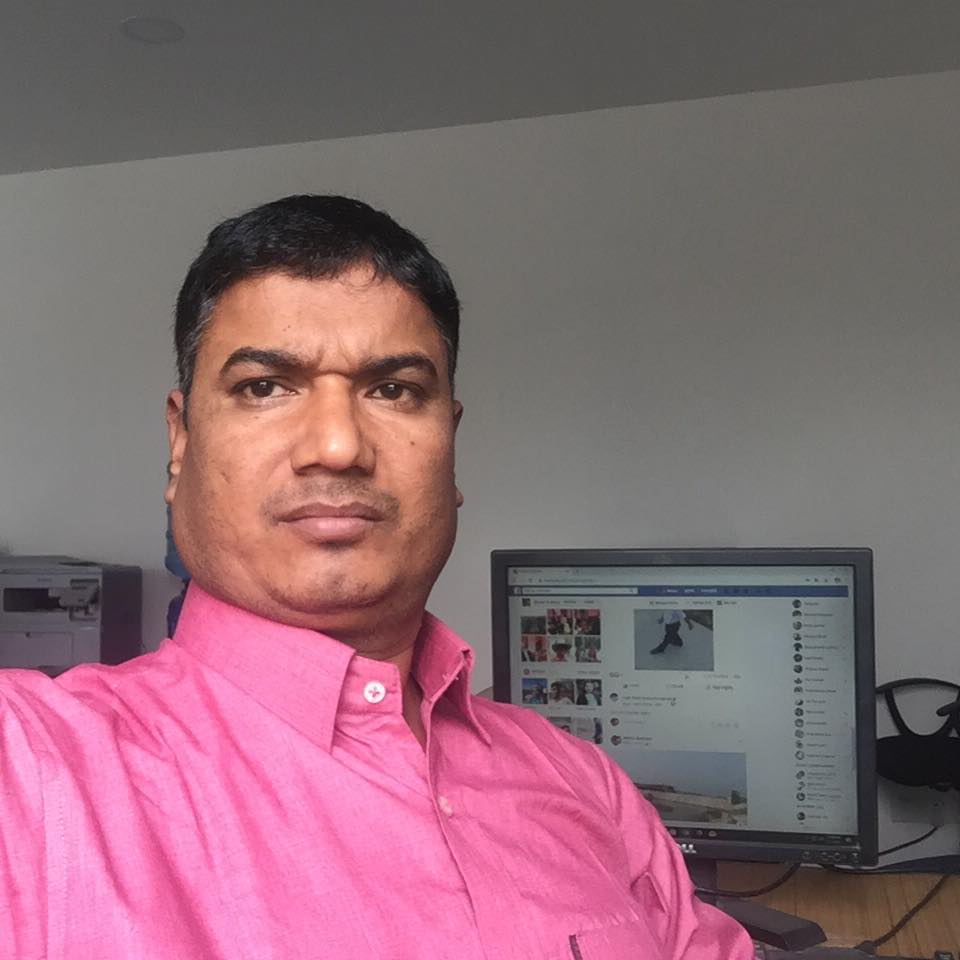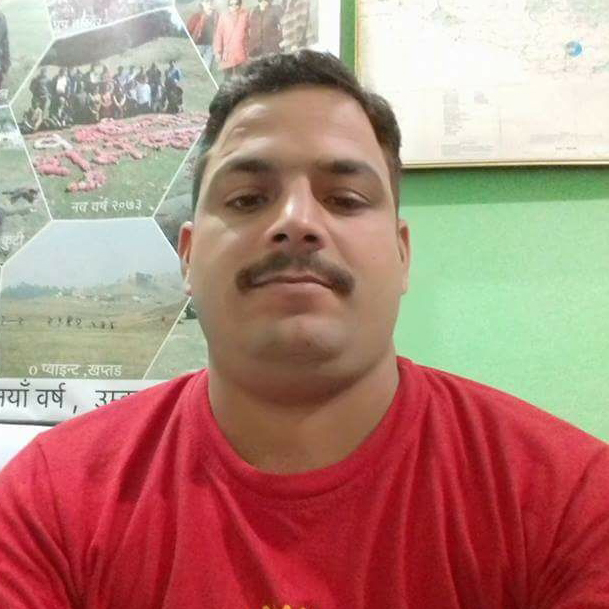Sudurpaschim Province
Young people in Sudurpaschim Province are increasingly cottoning to narcotics
The number of drug-related arrests in five months of the ongoing fiscal year has surpassed last fiscal year’s total for the province, according to police data. The number of abusers in rural areas is higher than those in urban centres.
DR Pant, Mohan Budhaair & Bhawani Bhatta
One day some three months ago, a 14-year-old boy from Krishnapur Municipality-2 in Kanchanpur was found lying unconscious in his room. His family members rushed him to the local health post but it was too late. He was declared dead.
The teenager had arrived home the night before and had gone straight to bed, according to Dedesh Chhetri, a relative of the deceased. “There was nothing unusual about it as he usually came home and went to his room right away,” Chhetri said. “We didn’t immediately know the cause of his death but his friends later told us that he had started using drugs two years ago during the Covid pandemic. Medical records later revealed that he had overdosed on Nitrovit.”
Another 16-year-old boy from Godawari Municipality in Kailali started using marijuana a year ago. According to his friends, he is now hooked on the anti-allergic Corex, Diazepam, Tramadol, and Nitrovit, among other drugs. He started using brown sugar too but was soon caught by the police. He is currently in Kailali District Prison serving out his sentence.
Last month, a man took his teenage son to the police for drug abuse. A resident of Krishnapur-2, in Kanchanpur, the man saw no recourse to handing his son to the police as the young boy had started stealing from his house to buy drugs. Underscoring the legal consequences of drug abuse, the police let him off with a warning.
District police data for the fiscal year 2021-2022 show that drug abuse among teenagers has spread across the nine districts of Sudurpaschim province. In Kailali and Kanchanpur alone, in the fiscal year 2021-2022, police made 335 and 229 arrests, respectively, on charges of drug abuse and possession. On a daily average, four young people are arrested in possession of drugs in the two districts, said police.
“Police data clearly indicate that drug abuse has increased in Sudurpaschim. The reality is far more alarming as not all cases make it to the police files,” said Chudamani Sharma, coordinator of the Youth Renaissance and Rehabilitation Campaign in Sudurpaschim. “According to our research of the past three years, no village in Kailali and Kanchanpur is without drug abusers.”
Drug abuse among the youth has seen an uptick outside the urban centres of late, says Sharma. For the past three years, an increasing number of youths in rural areas have been involved in drug consumption and drug trafficking compared to the province’s urban areas like Dhangadhi and Mahendranagar.
Police data show that around 90 percent of the arrested are between the ages of 14 and 36 years, Sharma said. “Despite the efforts of the police, administration, and other agencies, the province is still losing its youths to drugs,” he said.
According to Kailali Police chief SP Somendra Singh Rathore, the number of drug-related arrests in this fiscal year’s five months has surpassed last year’s total across the province. “We are yet to release this fiscal year’s data but there has been a significant increase in drug abuse among the youths of Sudurpaschim in the past few months,” Rathore said. “Most of the convicted are teens from rural areas.”
Young people get into drugs for recreational purposes at the start but soon get addicted to the substance, according to Rathore. To carry on with their new habit, they then start working as drug mules for local gangs for money. “To sustain the habit, they themselves get involved in drug trafficking,” Rathore added. “There are many youths in Kailali and Kanchanpur prisons who are convicted not only for drug abuse but also for running drug smuggling rackets.”
Surendra Bam, a social activist from Kanchanpur, says the situation is getting worse by the day with the unmonitored operation of shady pharmacies where anyone can buy medicines over the counter. “Also, youths from bordering town areas go to the Indian markets to buy unprescribed drugs. Not all such cases are recorded with the police,” Bam said.
“In my village, Krishnapur, a teenager died from an overdose two years ago. His case was not with the police as the family didn’t want to sully their name. They gave some other reason for their son’s untimely death.”
In Sudurpaschim, the police administration has taken various measures to stop drug abuse and operation of illegal businesses. The District Police Office has formed a narcotics team in coordination with the local units and district police offices in other districts. “In the past three months, we arrested six different gangs involved in the sale of narcotics,” said Rathore from the district police office in Kailali. “There are nine gangs active in the province. Members of six gangs are currently in custody. The narcotics team is on the hunt for the others.”
The trade and consumption of drugs have also seen an uptick in the hill districts of the province, according to Manohar Bhatt, deputy superintendent of police of Dadeldhura. “Earlier it was the youths from Tarai districts that share a border with India who were heavily involved in drug abuse and sale. Of late, we have been seeing an increase in cases in the hilly areas as well,” he said.
In Kailali and Kanchanpur, there are more than a dozen rehabilitation centres that currently house 400 teenagers, according to Bhatt.
“Pulling oneself out of the drug abuse cycle is difficult. There are cases where young people spend months or years in rehabilitation centres, but when they leave the centre, they pick up the bad habit again,” said Bhatt. “There are several youths who spend three to four months at a rehabilitation centre, get better and leave. Then they return to the centre in a few months.”
According to Surendra Joshi, the head of the Harit Sanjivani Rehabilitation Centre, drug abuse among the youth cannot be curtailed only through rehabilitation. “We as a society and individuals must create an environment that prevents young people from falling into drug abuse. The police, local authorities and civil society members must work to completely stop the illegal sale of drugs in local pharmacies,” said Joshi. “Our centre is spread across the province with more than a dozen branches. Most of the drug users in these centres are young people who are struggling to break the cycle of abuse.”




 9.12°C Kathmandu
9.12°C Kathmandu














